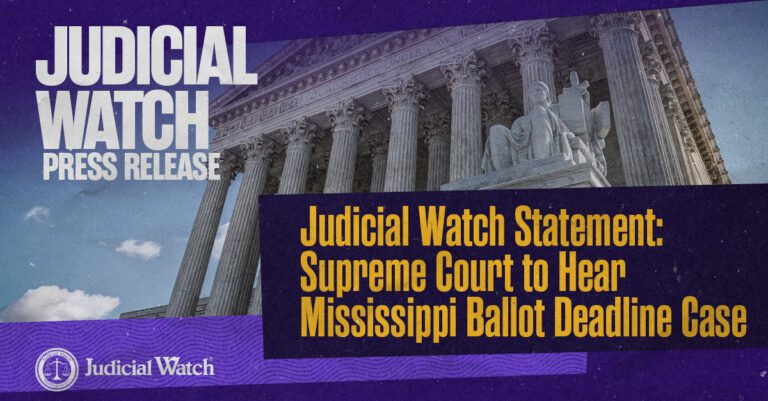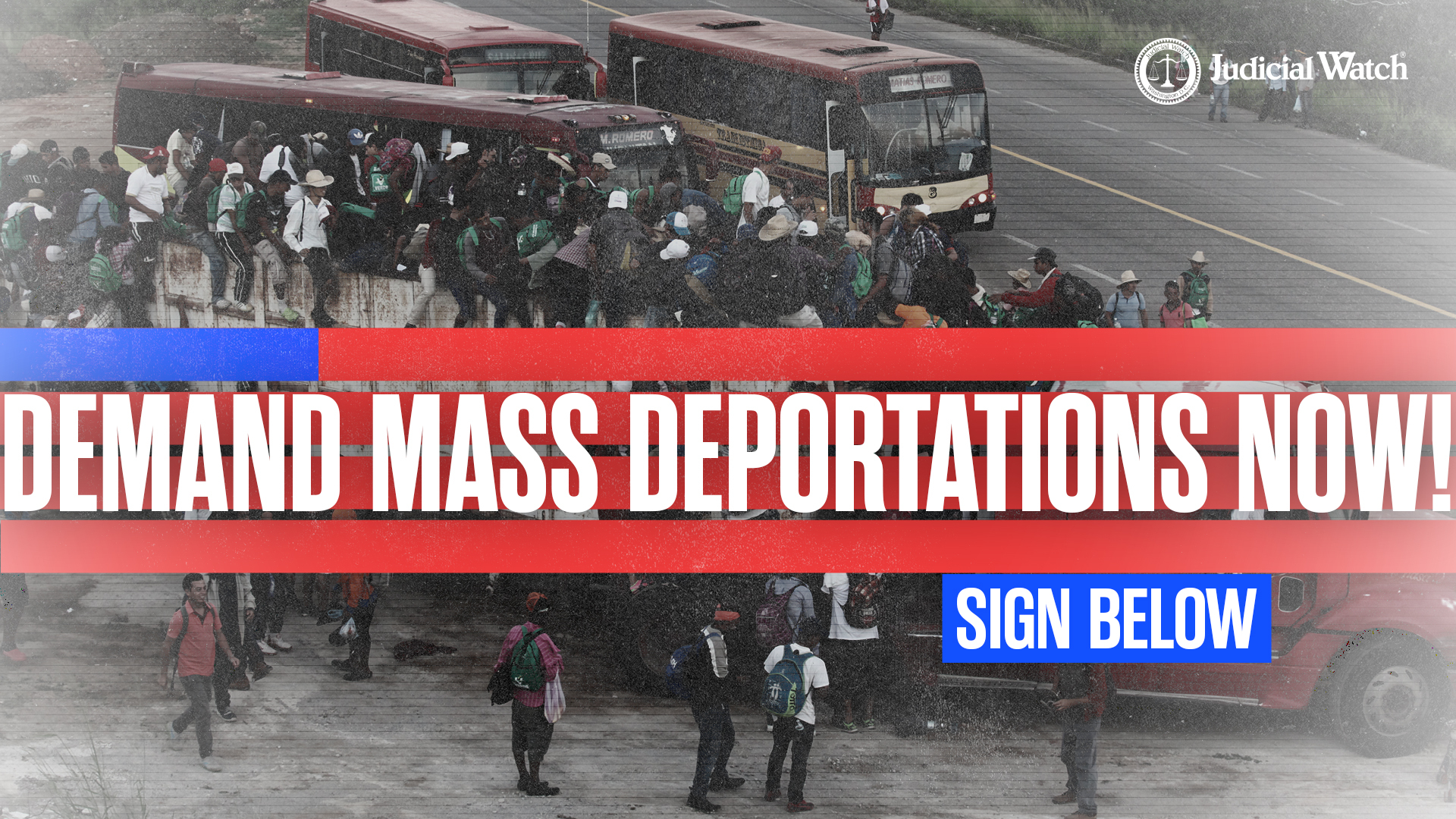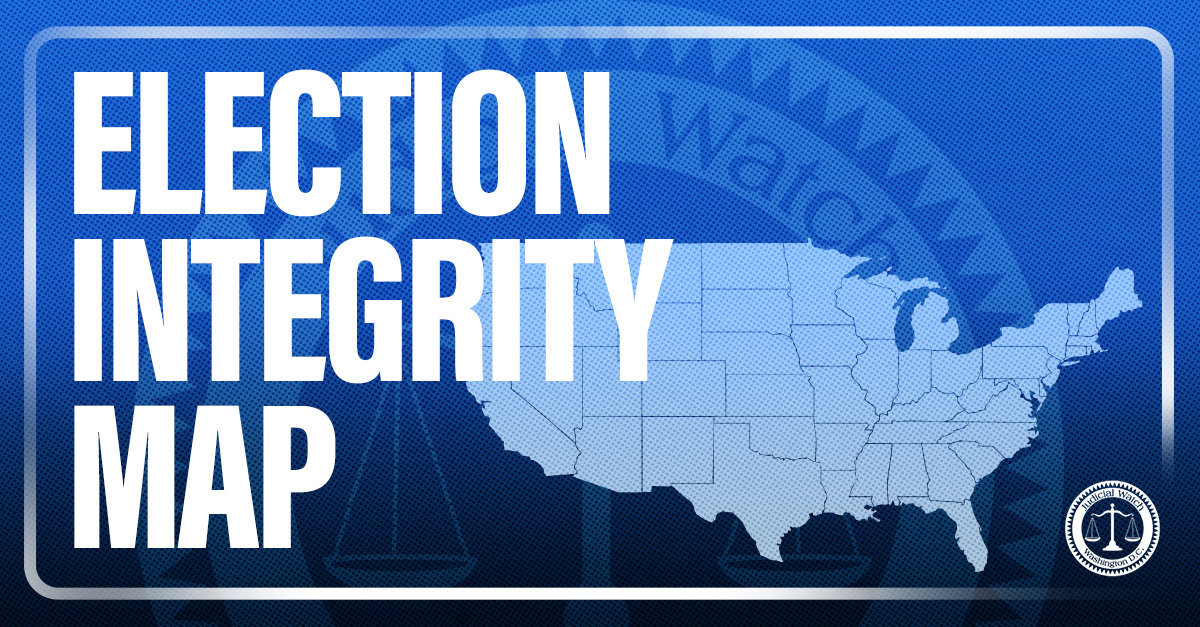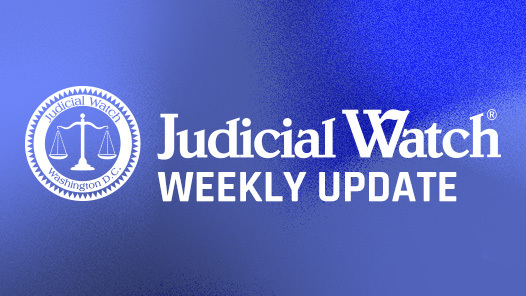
“Inaccurate Calculations” Blamed For Waste In Rural Housing Program
While the Obama Administration celebrates the accomplishments of yet another bloated government program—this one providing low-income populations with taxpayer-funded housing—a federal audit exposes the darker side of the costly welfare endeavor.
Known as Rural Housing Service (RHS), the program is responsible for providing safe, sanitary and affordable housing for very-low-income, low-income and moderate-income rural families. The publicly-financed services are delivered through a wide range of housing programs, including those that support single-family home ownership, multi-family rental housing and farm labor housing.
This ends up costing U.S. taxpayers tens of billions of dollars annually for rent subsidies and guaranteed, low-interest home loans for residents of rural areas who otherwise couldn’t afford it. Just this week a member of Obama’s cabinet touted an RHS development in Ohio as an example of the program’s many triumphs. “Since taking office, President Obama’s Administration has taken historic steps to improve the lives of rural Americans, put people back to work and build thriving economies in rural communities,” according to an announcement that also reminds the country about Obama’s “first-ever White House Rural Council.”
The idea is to improve the economic stability of rural communities, businesses, residents, farmers and ranchers and improve the quality of life in rural America. That’s why Uncle Sam has invested north of $170 billion in the RHS program, which includes a national network of state and local offices. It sounds like a noble cause but it’s rife with fraud and corruption that’s so deep-rooted, the magnitude may never really be known.
At least that’s what the Government Accountability Office (GAO), the nonpartisan agency that conducts congressional probes, seems to indicate. In a lengthy report made public this week, the GAO identifies tens of millions of dollars in “improper rental assistance payments” within the RHS program during a three-year period sampled. The cause appears to be “inaccurate calculations of tenant subsidies and incomplete supporting documents.”
The report only addresses the RHS’s rental division, which doled out about $1 billion in fiscal year 2011 to help more than 270,000 low-income rural tenants afford housing. On a positive note, from fiscal years 2007 through 2010, RHS managed to reduce its “error rate” from $35 million to $15 million, saving American taxpayers a whopping 20 million bucks.
Actually, these figures are just a sort of guesstimate because congressional investigators admit they have no real way of knowing the true magnitude of the “improper payments.” Therefore, they logically conclude in their report that the “figures may be understated” and taxpayers could very well be getting cheated out of much more.
The GAO includes all sorts of informative graphs and charts in its findings, but it’s not necessary to sort through all of it to get the bottom line; corruption in a bloated welfare program. This seems to be par for the course for the Obama Administration. Among the recommendations the GAO makes to correct the problem; hold agency managers accountable for reducing improper payments. Now, there’s an innovative idea for government.

















